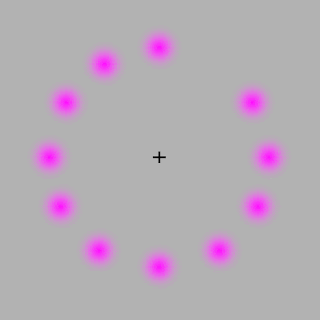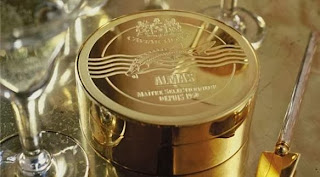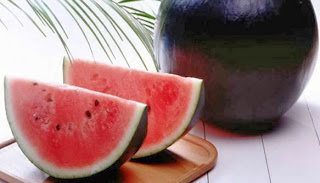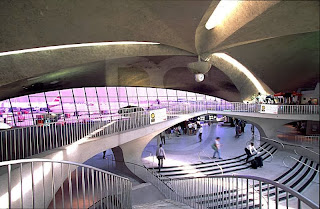1. Your are the first thing people subconsciously notice about you. Wear nice shoes.
2. If you sit for more than 11 hours a day, there's a 50% chance you'll die within the next 3 years
3.
There are at least 6 people in the world who look exactly like you.
There's a 9% chance that you'll meet one of them in your lifetime.
4. Sleeping without a pillow reduces back pain and keeps your spine stronger.
5. A person’s height is determined by their father, and their weight is determined by their mother.
6. If a part of your body "falls asleep",
you can almost always "wake it up" by shaking your head.
7. There are three things the human brain cannot resist noticing - Food, attractive people and danger
8. Right-handed people tend to chew food on their right side
9. Putting dry tea bags in gym bags or smelly shoes will absorb the unpleasant odour.
10. According to Albert Einstein, if honey bees were to disappear from earth, humans would be dead within 4 years.
11. There are so many kind of apples, that if you ate a new one everyday, it would take over 20 years to try them all.
12. You can survive without eating for weeks, but you will only live 11 days without sleeping.
13. People who laugh a lot are healthier than those who don’t.
14. Laziness and inactivity kills just as many people as smoking.
15. A human brain has a capacity to store 5 times as much information as Wikipedia
16. Our brain uses same amount power as 10-watt light bulb!!
17. Our body gives enough heat in 30 mins to boil 1.5 litres of water!!
18. The Ovum egg is the largest cell and the sperm is the smallest cell !!
19. Stomach acid (conc. HCl) is strong enough to dissolve razor blades!!
20. Take a 10-30 minute walk every day. & while you walk, SMILE. It is the ultimate antidepressant.
21. Sit in silence for at least 10 minutes each day.
22. When you wake up in the morning, Pray to ask God's guidance for your purpose, today.
23. Eat more foods that grow on trees and plants and eat less food that is manufactured in plants.
24. Drink green tea and plenty of water. Eat blueberries, broccoli, and almonds.
25. Try to make at least three people smile each day.
26.
Don't waste your precious energy on gossip, energy vampires, issues of
the past, negative thoughts or things you cannot control. Instead invest
your energy in the positive present moment.
27. Eat breakfast like a king, lunch like a prince and dinner like a college kid with a maxed out charge card.
28. Life isn't fair, but it's still good.
29. Life is too short to waste time hating anyone. Forgive them for everything !
30. Don't take yourself so seriously. No one else does.
31. You don't have to win every argument. Agree to disagree.
32. Make peace with your past so it won't spoil the present.
33. Don't compare your life to others. You have no idea what their journey is all about.
34. No one is in charge of your happiness except you.
35. Frame every so-called disaster with these words: 'In five years, will this matter?'
36. Help the needy,Be generous ! Be a 'Giver' not a 'Taker'
37. What other people think of you is none of your business.
38. Time heals everything.
39. However good or bad a situation is, it will change.
40. Your job won't take care of you when you are sick. Your friends will. Stay in touch.
41. Envy is a waste of time. You already have all you need.
42. Each night before you go to bed ,Pray to God and Be thankful for what you'll accomplish, today !
43. Remember that you are too blessed to be stressed.


















